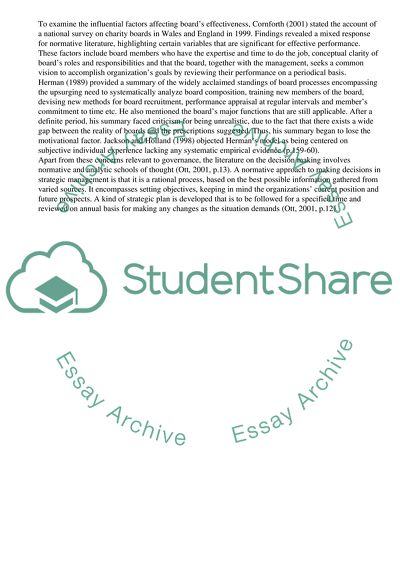Cite this document
(Non Profit Management: Governance & Leadership Research Paper, n.d.)
Non Profit Management: Governance & Leadership Research Paper. Retrieved from https://studentshare.org/management/1743098-issues-in-goverence-and-leadership-non-profit-boards
Non Profit Management: Governance & Leadership Research Paper. Retrieved from https://studentshare.org/management/1743098-issues-in-goverence-and-leadership-non-profit-boards
(Non Profit Management: Governance & Leadership Research Paper)
Non Profit Management: Governance & Leadership Research Paper. https://studentshare.org/management/1743098-issues-in-goverence-and-leadership-non-profit-boards.
Non Profit Management: Governance & Leadership Research Paper. https://studentshare.org/management/1743098-issues-in-goverence-and-leadership-non-profit-boards.
“Non Profit Management: Governance & Leadership Research Paper”, n.d. https://studentshare.org/management/1743098-issues-in-goverence-and-leadership-non-profit-boards.


